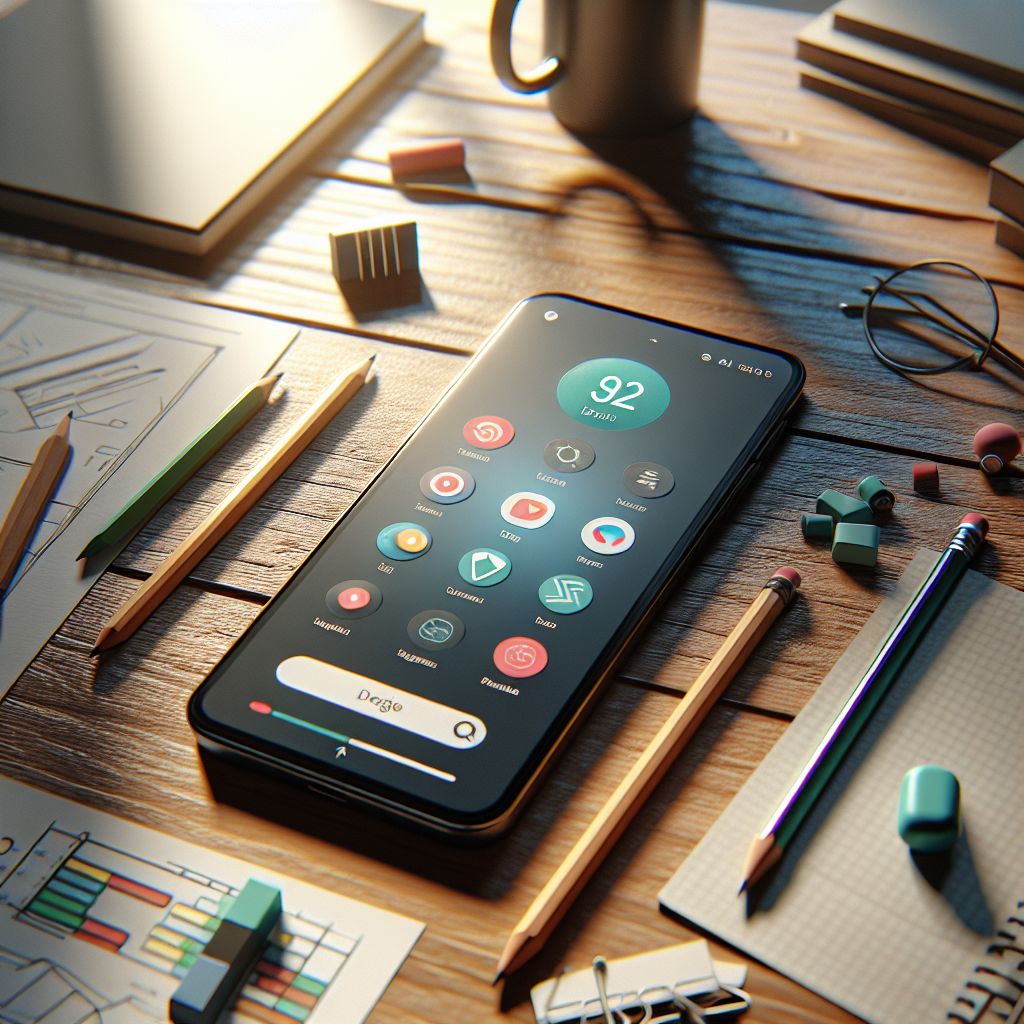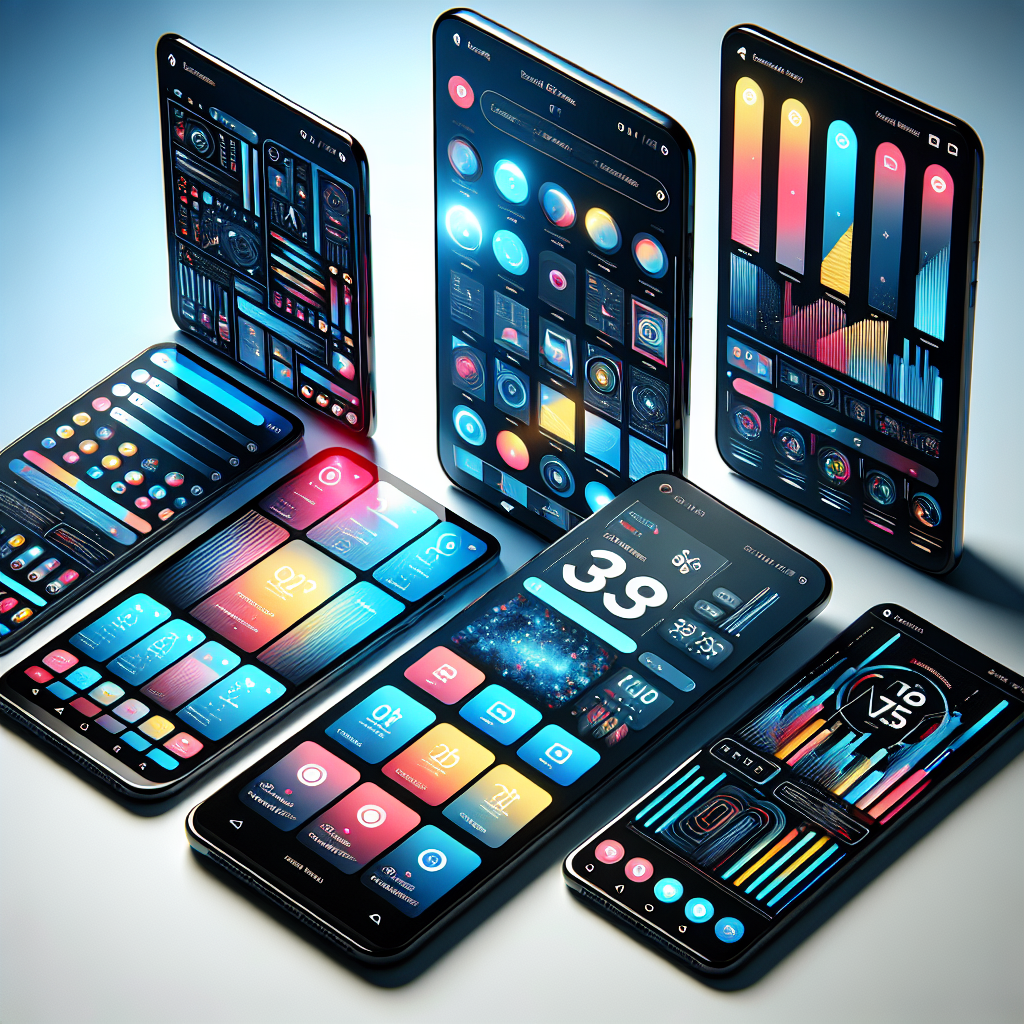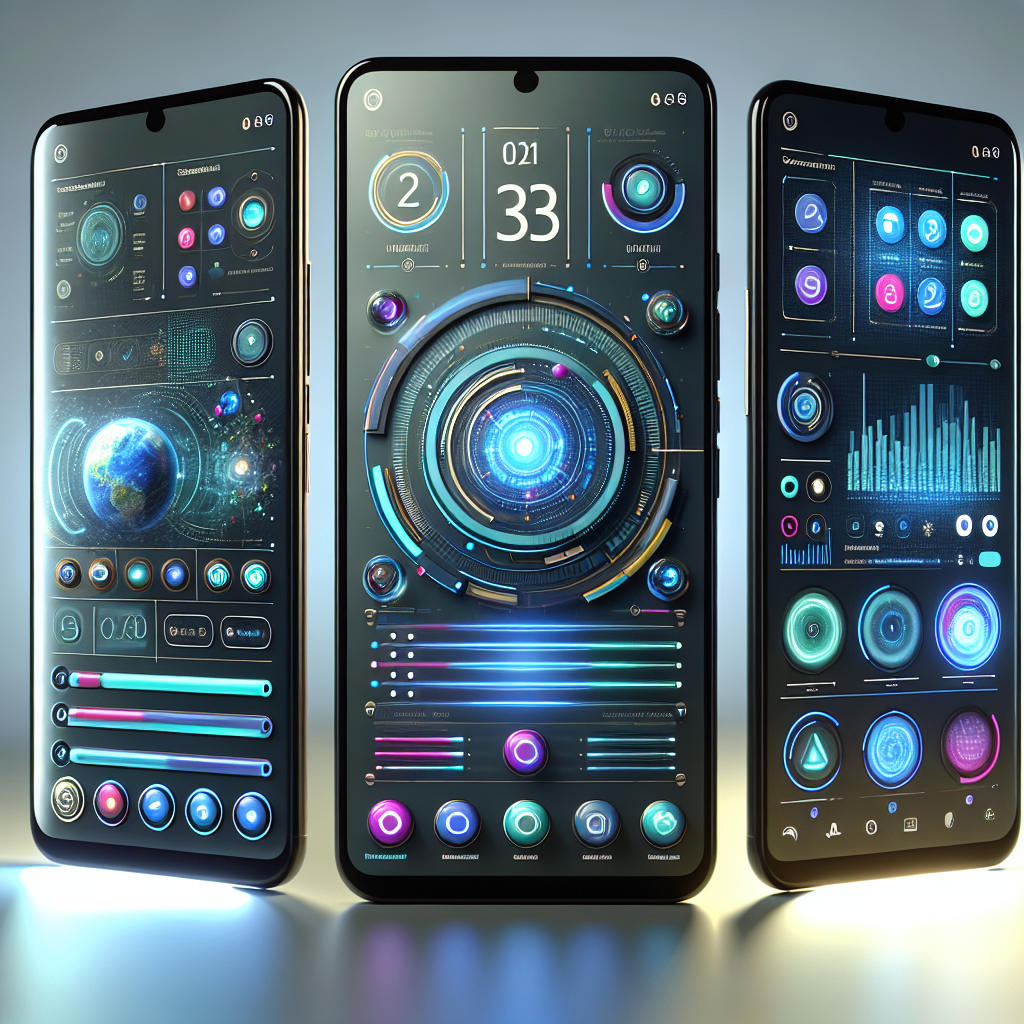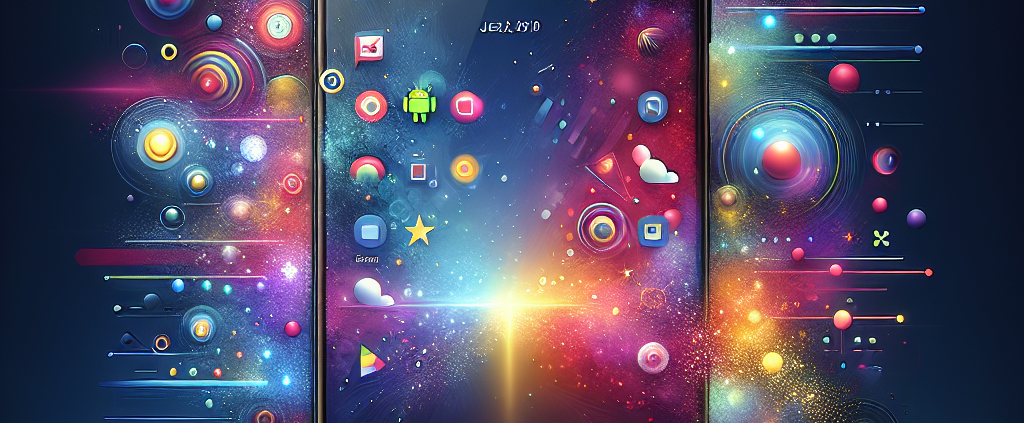Free Download: Android App UI Design Templates
In the ever-evolving world of mobile applications, the importance of a captivating and intuitive user interface (UI) cannot be overstated. **Android app UI design templates** offer a powerful starting point for developers and designers looking to craft visually appealing and user-friendly experiences. These templates serve as pre-designed layouts that can be customized to fit the specific needs of your application, significantly reducing the time and effort required to create an engaging interface from scratch.
For startups and established businesses alike, leveraging high-quality UI templates can be a game changer. They not only ensure that your app has a professional look and feel but also adhere to the latest design standards and trends. This is particularly valuable for those with limited design resources or expertise, allowing them to focus on other crucial aspects of app development, such as functionality and performance.
Moreover, many of these templates are available for **free download**, providing an accessible resource for developers aiming to enhance their app’s aesthetic appeal without incurring additional costs. Whether you’re seeking to improve an existing app or embarking on a new project, exploring these free templates can provide the creative spark needed to elevate your UI design strategy.
Ready to transform your app idea into reality with a stunning user interface? Get a free quote from our expert team at NS804 and discover how we can bring your vision to life with our comprehensive app development services.
Benefits of Using Free UI Design Templates

Leveraging **free UI design templates** for your Android app can provide numerous advantages that streamline the development process and enhance the overall user experience. One of the primary benefits is the significant time savings. Instead of designing every element from scratch, developers can start with a pre-made template that already incorporates best practices in design, allowing them to focus more on functionality and customization.
These templates also offer cost-effectiveness, particularly beneficial for startups or individual developers with limited budgets. By accessing high-quality design resources at no cost, developers can allocate their financial resources to other critical areas such as marketing or additional development features.
Another advantage is the ability to maintain consistency across different screens and functionalities within the app. **UI design templates** are often crafted by expert designers who ensure that each component follows a cohesive style and adheres to current design trends. This consistency not only improves the aesthetic appeal but also enhances usability, as users can navigate the app more intuitively.
Moreover, using templates allows developers to experiment with various design options and iterate quickly. This flexibility is crucial in the fast-paced app development landscape where user preferences and technologies are constantly evolving. By providing a foundation that is easy to modify and adapt, free UI design templates empower developers to create unique and engaging app experiences without being constrained by initial design limitations.
Where to Find High-Quality Free Templates

Finding **high-quality free templates** for Android app UI design can significantly impact the efficiency and creativity of your development process. Numerous online platforms and communities offer a rich repository of templates that cater to a wide range of design needs. One of the most popular sources is Dribbble, a community of designers where you can not only discover free templates but also gain inspiration from the latest design trends and innovations.
Another excellent resource is Behance, which is part of Adobe’s network. Here, you can explore a variety of projects shared by professional designers, many of whom offer free downloads for their template designs. This platform is particularly valuable for accessing templates that come with detailed descriptions and examples of how they can be implemented in real-world applications.
For those seeking a more structured approach, GitHub provides access to numerous repositories where developers share open-source UI kits and templates. This is particularly useful for developers who prefer to work with templates that are easily customizable and come with community support.
Additionally, websites like Freepik and UI8 offer a myriad of free and premium templates that can significantly enhance your app’s design. These platforms frequently update their offerings, ensuring that you have access to the most current and innovative designs.
By exploring these resources, developers can find the perfect templates to serve as a foundation for their apps, ensuring a blend of aesthetic appeal and functional design, all while keeping costs low and development speeds high.
How to Customize Downloaded UI Templates

Customizing downloaded **Android app UI design templates** ensures that your app not only stands out but also aligns with your brand’s identity. The process begins with selecting a template that closely matches your app’s objectives and design language. Once you have your template, it’s essential to have a clear vision of the desired end-product to guide the customization process.
Start by adjusting the color scheme to reflect your brand’s colors. Most templates come with default color settings, which can be easily modified using design tools like Adobe XD or Sketch. It’s crucial to maintain a consistent color palette throughout the app to create a cohesive user experience.
Next, pay attention to the typography. The fonts used in the template should be replaced with those that match your brand’s style. Consider factors such as readability, font size, and spacing to ensure text elements are not only appealing but also accessible to all users.
Another important aspect is the **layout**. Depending on the complexity of the template, you may need to rearrange components to better suit your app’s functionality. This might involve resizing buttons, adjusting margins, or even adding new elements to enhance user interaction.
Don’t forget to incorporate your brand’s **visual assets**, such as logos and icons. These elements should be seamlessly integrated into the design to reinforce brand recognition and trust. With a template as your starting point, adding these custom touches can elevate the overall design.
Finally, test the customized template on various devices to ensure that it performs well across different screen sizes and resolutions. Doing so will help maintain a high-quality user experience and prevent any design inconsistencies.
Ensuring Compatibility with Android Guidelines
Adhering to Android’s design and development guidelines is crucial when customizing **Android app UI design templates**. These guidelines ensure that your app delivers a consistent and intuitive user experience across all Android devices. The first step in ensuring compatibility is familiarizing yourself with the Material Design Guidelines provided by Google. These guidelines offer comprehensive insights into design patterns, styles, and components that align with Android’s ecosystem.
Begin by ensuring that your app’s **navigation patterns** follow standard practices. This involves using navigation components such as bottom navigation bars and side drawers to facilitate seamless user movement within your app. Consistent use of these components helps users intuitively understand how to interact with your app, enhancing usability.
Next, ensure that your app’s **layout** supports a wide range of screen sizes and orientations. Android devices vary significantly, from small phones to large tablets. Utilizing responsive design principles and tools such as ConstraintLayout can help you create adaptable layouts that look great on any device.
Also, pay attention to the **accessibility** features mandated by Android’s guidelines. Ensuring that your app is accessible to users with disabilities is not only a legal requirement in some jurisdictions but also broadens your app’s user base. This includes implementing features like screen reader support, sufficient color contrast, and touch target size compliance.
Finally, always test your app on various devices and Android versions. This will help you identify any compatibility issues early, allowing you to address them before your app reaches the public. Utilizing tools like Android Emulator and Firebase Test Lab can streamline this testing process, ensuring your app meets all Android guidelines.
Best Practices for Effective UI Design

Crafting an effective UI design is pivotal to an app’s success, as it directly impacts user engagement and satisfaction. Embracing best practices in UI design not only enhances the visual appeal but also improves the overall functionality of your app. Start by prioritizing **simplicity** and **clarity**. A minimalist design approach can prevent users from feeling overwhelmed and ensures that the primary functions of the app are highlighted effectively.
**Consistency** across the app’s interface is another key factor. This involves using uniform colors, fonts, and design elements throughout the app to create a cohesive look and feel. Consistent design helps users familiarize themselves with the app’s interface quickly, allowing for a more intuitive navigation experience.
**User feedback** mechanisms are crucial in UI design. Implementing features such as loading indicators, error messages, and confirmation dialogs can significantly enhance the user experience by providing clear feedback on actions taken. This transparency builds trust and keeps users informed throughout their journey within the app.
**Accessibility** is another important aspect of effective UI design. Ensure that your app is usable for everyone, including individuals with disabilities, by incorporating features such as voice commands, adjustable text sizes, and high-contrast modes.
Finally, regularly gather **user feedback** to refine and improve your UI design. Real-world feedback provides invaluable insights into what works and what needs improvement, allowing you to continually enhance the user experience.
As you embark on creating or refining your app’s UI, consider partnering with experts who can guide you through the process. Get a free quote from NS804 to ensure your app’s UI is not only aesthetically pleasing but also functional and user-centric.





Leave a Reply
Want to join the discussion?Feel free to contribute!